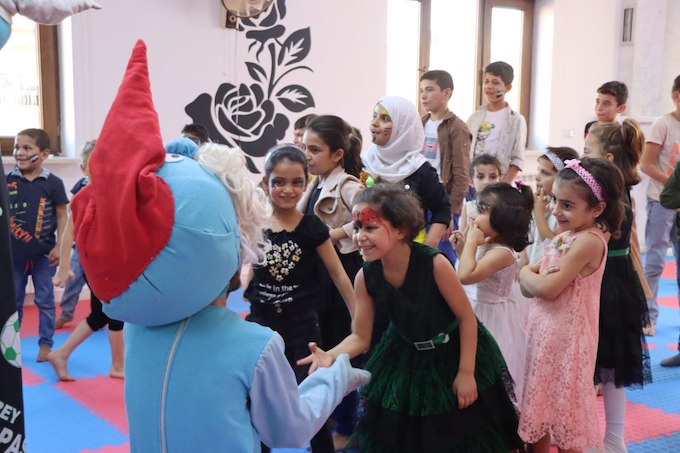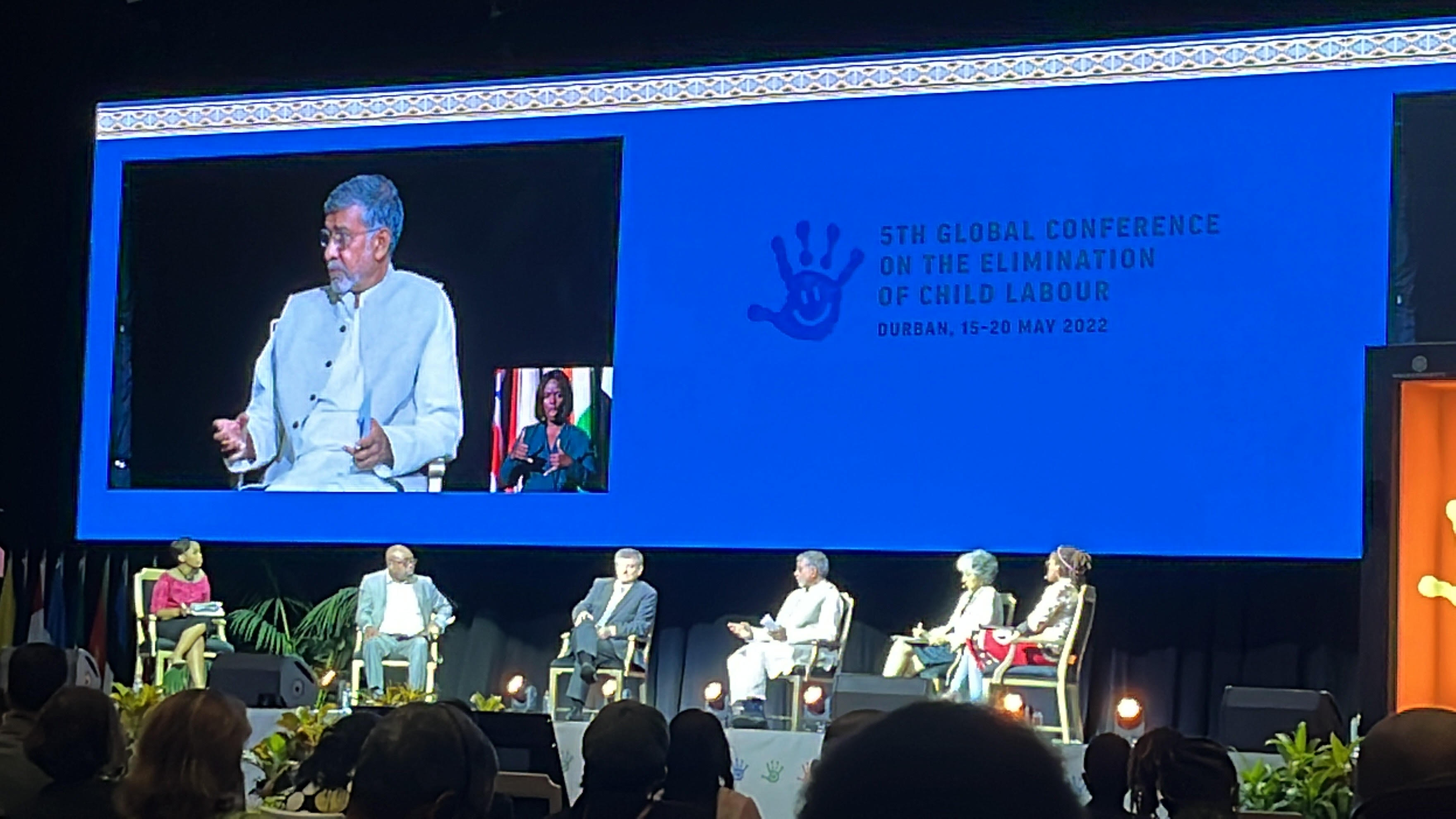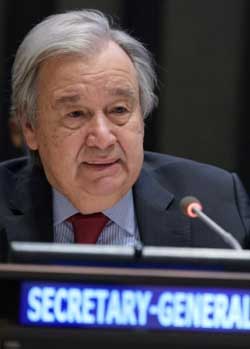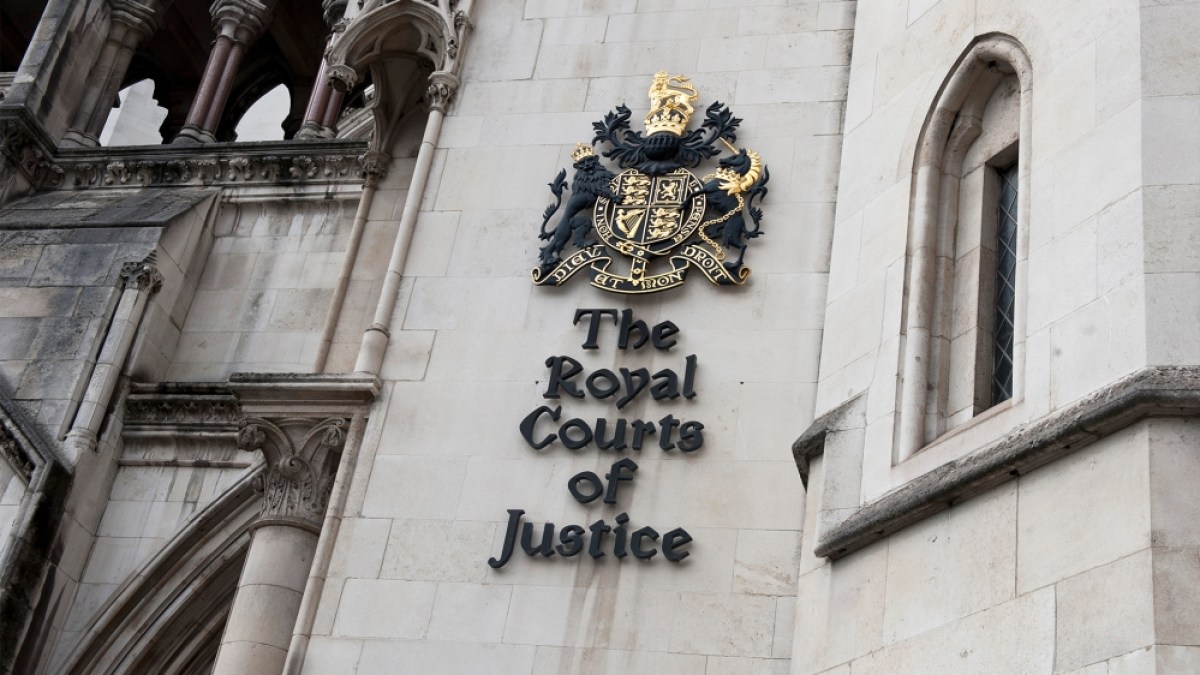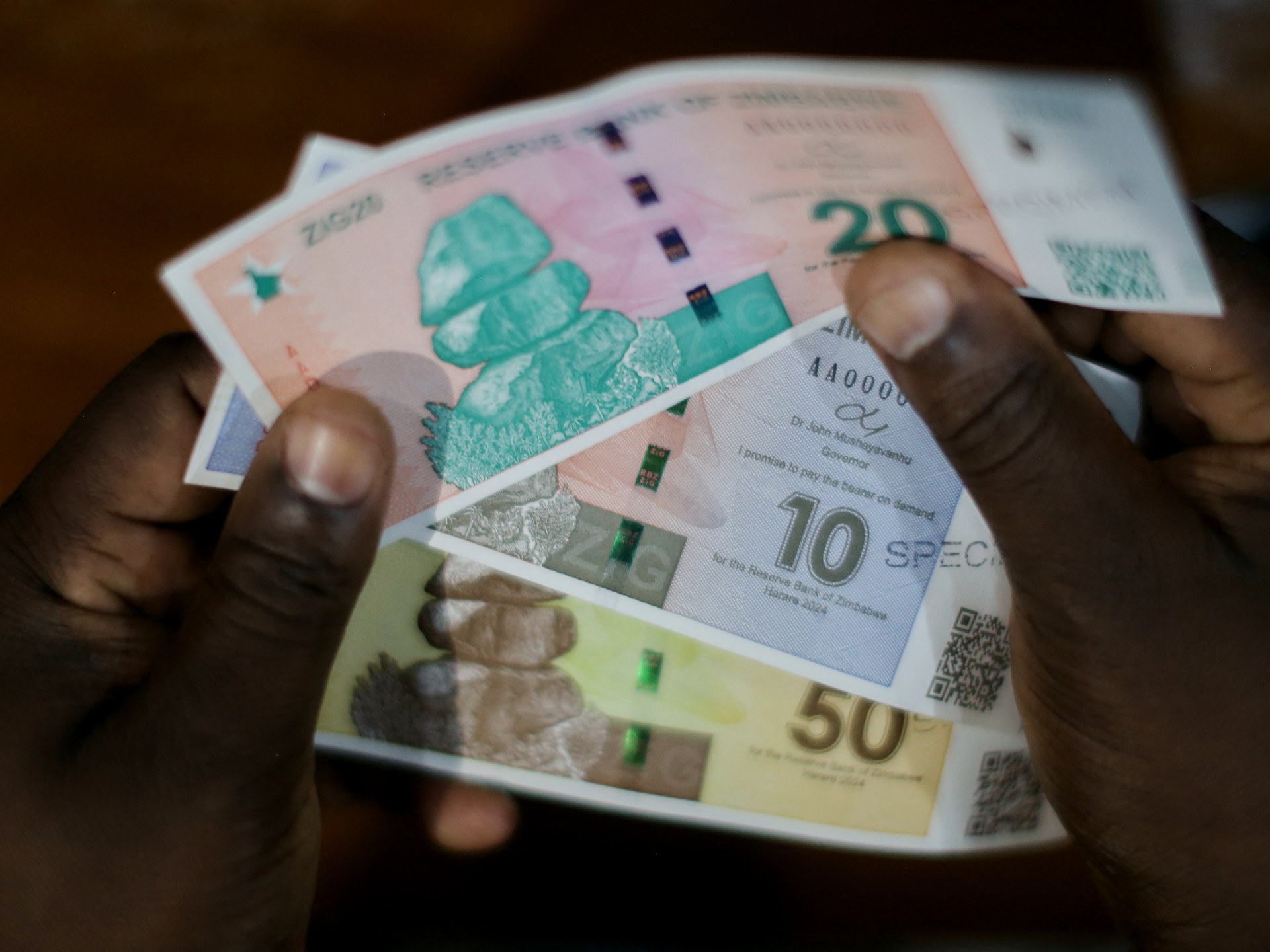Working to Relieve the Trauma of Syrian Earthquake Orphans — Global Issues
IDILIB, SYRIA, Oct 13 (IPS) – Seven-year-old Salim al-Bakkar was orphaned in the earthquake that struck southern Turkey and northern Syria on February 6, 2023.
Saved by members of the civil defense team who pulled him from the rubble, doctors had to amputate his left leg – which had been crushed in the 7.7 magnitude quake that killed more than 55,000 people and destroyed at least 230,000 buildings.
Salim, from Jenderes, north of Aleppo, Syria, was pulled from the rubble but, suffering from crush syndrome, had his leg amputated.
His only surviving relative, his grandmother Farida al-Bakkar, tells IPS of the pain and the sadness of caring for her grandchild.
“When my grandson woke up and saw me, he asked me about his mother, but I could not tell him that his mother and father had died because he was devastated.”
Salim is not alone; thousands of children survived without their families and now experience loneliness, psychological stress, and physical pain.
Even seven months after the earthquake, the fear Salim felt that day has remained engraved in his memory, according to his grandmother.
Dr Kamal Al-Sattouf, from Idlib, in northern Syria, says the earthquake resulted in many diseases.
“Thousands of buildings were completely and partially destroyed as a result of the earthquake, while the infrastructure of water and sanitation networks in the regions was damaged, increasing the risk of epidemics and infectious diseases such as cholera.”
The doctor stressed the spread of respiratory diseases, such as lung infections, especially among children and the elderly, and diarrhea of all kinds, viral and bacterial, cholera, and malaria, due to vectors spreading among the rubble, such as mosquitoes, flies, mice, and rodents.
Al-Sattouf said that people pulled alive from the rubble were often also affected by what is known as ‘crush syndrome.’ The hospital where he works received many cases, the severity of which is often related to the time the survivors spent under the rubble, usually made up of heavy cement blocks.
According to the doctor, crush syndrome results when force or compression from the collapsed buildings cuts off blood circulation to parts of the body or the limbs.
Psychological Impacts
A 10-year-old girl, Salma Al-Hassan, from Harem, in northern Syria, keeps asking to visit her old house destroyed by the earthquake. This was where she lost her mother and her sister.
Her father explains: “My daughter suffers from a bad psychological condition that is difficult to overcome. With panic attacks, fear, and continuous crying, she refuses to believe that her mother and sister are dead.”
He points out that his daughter became withdrawn after she witnessed the horrors of the earthquake. She loves to be alone and refuses to talk to others. She also refuses to go to school.
He and his daughter were extracted alive from under the rubble more than 8 hours after the earthquake.
Dalal Al-Ali, a psychological counselor from Sarmada, Northern Syria, told IPS: “Many people who survived the earthquake disaster, especially children, still suffer from anxiety disorders and depression, which is one of the problems. Symptoms of this disorder are persistent feelings of sadness and hopelessness, loss of interest in activities, and changes in appetite and sleep patterns.”
She pointed out that the child victims of the earthquake urgently need psychosocial support in addition to life-saving aid, including clean water, sanitation, nutrition, necessary medical supplies, and mental health support for children, both now and in the long term.
Al-Ali stresses the need to provide an atmosphere of safety and comfort for children and to establish a sense of security and protection by moving them to a safe place as far as possible from the site of danger, in addition to providing group therapy and individual therapy sessions for parents, as well as for children, to help them overcome anxiety, and allow them to express their feelings by practicing sports and the arts.
She confirms that children need more attention than adults in overcoming the impacts of the earthquake because children saw their whole world collapse before their eyes and continue to feel the trauma acutely.
Victims of Earthquake, also Victims of Syrian Conflict
The Syrian Network for Human Rights, in a report published earlier this year, said it had documented the deaths of 6,319 Syrians due to the earthquake.
Of these, 2,157 victims were killed in areas of Syria not under the control of the Syrian regime and 321 in areas controlled by the Syrian regime. regime, while 3,841 Syrian refugees died in Turkey.
The group stressed the need to investigate the reason for the delays in the response of the United Nations and the international community because this led to more preventable deaths of Syrian people – and those responsible for the delays should be held accountable.
The network says the high death toll was in a highly populated area because of internal displacement due to conflict within the Syrian regime.
Even more tragically, the report adds, these traumatized people had to live through the horrors of indiscriminate bombing by the Syrian regime in the IDP camps in which they live.
With the aim of caring for the earthquake orphans in Idlib Governorate, Northern Syria, the (Basmat Nour) Foundation opened the Kuramaa Center to take care of the children.
The director of the Kuramaa Center, Muhammad Al-Junaid, says to IPS: “Many children lost their families and loved ones during the devastating earthquake, so we opened this center that provides care for orphaned children, and provides all their educational requirements, psychological support activities, and entertainment.
There are now 52 children at the center, which can take up to 100.
Al-Junaid added: “The staff work hard to put a smile on the children’s faces, and our goal is to make them forget the pain that they cannot bear and take care of them by all possible means to live a normal life in a family.”
Eight-year-old Fatima Al-Hassan, from Idlib, lost her entire family in the earthquake. She lives in the center and has found tenderness and care.
“I spend my time teaching, drawing, and playing with my peers in the care home.”
But Fatima still remembers her family with love and sadness.
IPS UN Bureau Report
Follow @IPSNewsUNBureau
Follow IPS News UN Bureau on Instagram
© Inter Press Service (2023) — All Rights ReservedOriginal source: Inter Press Service
Check out our Latest News and Follow us at Facebook
Original Source

